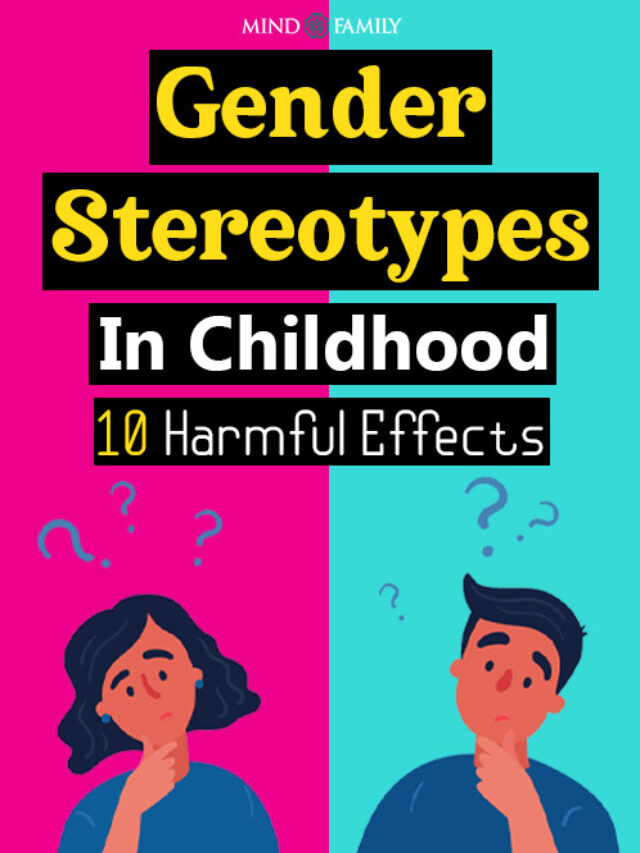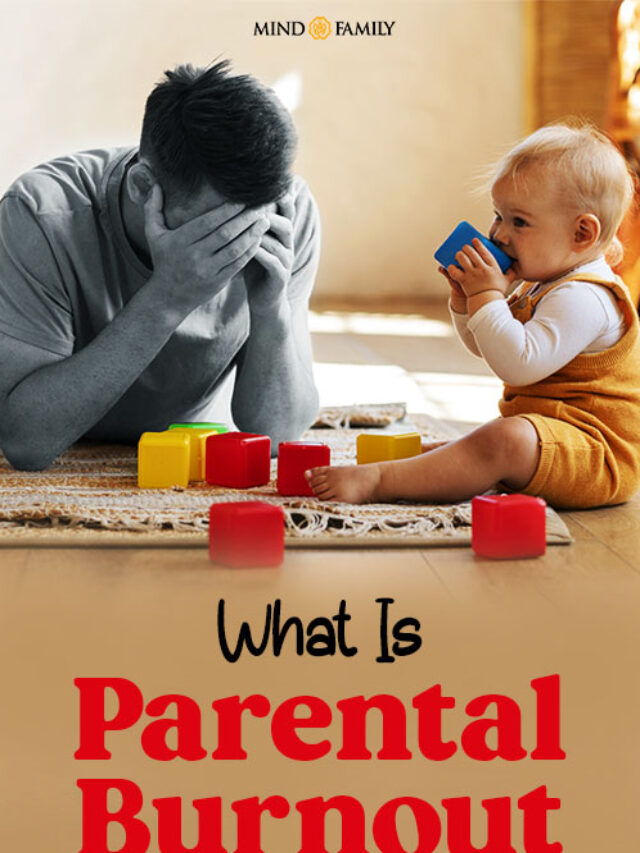While the prospect of remarriage often brings healing after the wounds of divorce, the journey towards a happy blended family can be complex.
Statistics reveal that more than 60% of second marriages face challenges, casting a shadow on the path to lasting happiness. However, there is hope! Learning what are step-families can help you navigate through this!
Through careful steps and mutual commitment, you and your partner can navigate the twists and turns of remarriage to create a fulfilling and joyous life together.
Starting what are step-families is like putting together a puzzle. It needs patience, talking, and understanding each other. Whether you’re just starting or want to make your family even stronger, we’ve got some easy tips for you.
So, let’s dive into the world of stepfamilies together. We’ll figure out how to make everyone feel good and make your family life full of smiles and fun!
What Are Step-families?
Stepfamilies are created when individuals who have been previously married or in significant relationships decide to form a new family unit.
In these families, one or both of the parties involved bring children from past relationships into the new household. It’s not always from divorce though, it can also come about due to death or breakup.

These step-families can look many different ways. Some are small and compact, while others are way more extended with siblings everywhere you turn. The dynamics between each member can also be quite complex, as they all have to juggle two families in their way.
In short, step-families are like puzzles waiting to be solved. With time and plenty of communication and creativity, they’ll become a beautifully blended family portrait in no time.
Read More: How to Raise a Child with Autism: 5 Vital Tips and Examples!
What Are Some Advantages of Stepfamilies?
Stepfamilies are a unique addition to the family structures of today. They give off different vibes, but with the blend come some advantages that you won’t find elsewhere.

The following are some of the advantages you can find from what are step-families:
1. Being Financially Stable
You get two families’ worth of resources in one! With an extra parent working it brings in more money. Which is always helpful. But even if a partner stays at home to take care of the kids, the other can work longer hours or take on a better-paying job.
2. A New Start At Happiness
Sometimes people get stuck and believe that they will never be happy again after their marriage falls through. Luckily for them, stepfamilies provide a clean slate. This fresh start for both partners and their children gives them reason to be happy again.
3. More Perspective
Research shows us that children are the ones to benefit in what are step-families. After going through divorce and remarriage, they learn about all kinds of relationships and how families work.
Because of these advantages of stepfamilies, they’ll usually have a better grasp of what a healthy relationship looks like when they grow up.
4. Better Role Models
Having multiple adult role models around helps kids out by setting good examples for them to follow later on in life. Blended families give children an opportunity to learn from different perspectives and behaviors.
5. Learning From Mistakes
Everybody makes mistakes, but stepsiblings cause you to reflect on them more often than not in many cases! By doing this it’s easier to see what went wrong and build something better next time.
On paper, it sounds great, right? And for the most part, it is! However, there are still challenges that need to be faced between these blended families.
Read More: Understanding What Is Co-Parenting: 10 Game-Changing Tips For Being A Great Co-Parent!
What Are Some Stepfamily Challenges?
Adapting to a new family setup is tough for parents. Navigating through changes and getting acquainted with each other is an emotional rollercoaster are major stepfamily challenges
While there is potential for positive aspects in second marriages, there are several common issues you must anticipate in what are step-families:
1. Jealousy
When families combine, it’s sadly inevitable to compare current situations with previous ones. Feelings of jealousy can be triggered when doing so.
Parents and their children may have preferences, like a child favoring one biological parent over another. It’s heartbreaking, but they exist. This emotional challenge will strain relationships within the stepfamily.
2. Role Confusion
Especially when it comes to correcting children, role confusion is a major obstacle in what are step-families. Step-parents might question their authority and cause household issues in the process.
To clear out any doubts about responsibilities and roles within the stepfamily structure, clarity and communication are key.
3. Major Change
For kids in general, moving houses and living with new family members is probably one of the most difficult things they’ll experience at such a young age. This huge change disrupts several aspects of their lives like social connections and education.
Troubles from past relationships in their parents’ old marriage will add another layer of complexity to the adjustment process for teenagers and tweens.
Recognizing these stepfamily challenges upfront equips us to address them head-on. Creating a supportive environment within what are step-families relies on open communication, understanding, and patience as we navigate through this period of transition.
Read More: What Are Family Dynamics? Is Your Family Dynamics Uplifting or Weighing You Down?
Practical Tips For Stepfamilies From Those Who’ve Walked The Path
Creating a successful stepfamily can be challenging, but many have navigated this journey successfully.
Here are practical tips for stepfamilies from those who’ve walked the path:
1. Understand the Special Way Stepfamilies Work:
Step families develop particular dynamics and behaviors that can become predictable and positive over time. Avoid trying to make a stepfamily fit into a mold it wasn’t meant for.
2. Respect Each Parent’s Role:
The kids in the stepfamily aren’t yours, and they won’t be. No matter how the natural parents act, their bond with their children is important. Still, your role is valuable in helping kids grow.
3. Take It Slow in Stepparenting:
Don’t rush into super stepparenting. Let relationships develop at their own pace.
4. Talk About How to Discipline:
Discuss how to handle discipline with your partner. Figure out things like what the kids’ duties are, acceptable behavior, and what happens if they misbehave so that you’re both on the same page.
5. Clear Jobs for Everyone:
Parents, stepparents, and kids should all know what’s expected of them so that everyone feels supported.
6. Be Realistic with Expectations:
Check if your expectations are realistic — unrealistic expectations can lead to problems especially in what are step-families.
7. Handle Relationships with Ex-Spouses:
There are no ex-parents, only ex-spouses: Learn how to handle relationships with previous spouses so that co-parenting works better.
8. Be Ready for Different Energies:
Expect conflicting feelings in the step relationship. Consult a mental health care professional to help you ease you through the process.
9. Recognize Loyalty Conflicts
Know that loyalty conflicts might happen (Kids might act out just when they start liking the stepparent).
10. Use Your Sense of Humor
One of the most important tips for stepfamilies is that you have to develop and use your sense of humor. Making things light and creating a comforting environment is crucial for your child.
Learning from those who’ve walked this path before can help guide others toward building stronger connections and creating a supportive family environment.
Read More: 10 Fun And Engaging Teenage Confidence-Building Activities Every Parent Must Know!
How To Help Stepsiblings Get Along?
Building strong relationships between stepsiblings is the goal in blended families. Navigating this new family structure can be tough, but there are some practical tips to help you learn how to help stepsiblings get along:
1. Be Open and Talk:
It’s important to encourage stepsiblings to talk openly about their feelings and concerns. This helps everyone involved understand each other better, meaning potential conflicts can be addressed before they have a chance to escalate.
2. Find Shared Activities:
Everyone should be encouraged to find shared activities that cater to all interests. When people with different hobbies or backgrounds come together, there’s always room for a common interest; this will give them something positive to bond over.
3. Set Clear Expectations:
This one is clear in its name: define clear expectations regarding behavior and responsibilities for all stepsiblings. Clearly outlined rules contribute to a fair and harmonious environment, reducing the likelihood of misunderstandings.
4. Teach Empathy:
Teach your kids to understand and empathize with each other. When it comes down to it, empathy is the key ingredient here. And just like any skill set, it can be developed over time through practice.
Without leaving anything unaddressed, deal with conflicts as soon as possible. Encourage your stepsiblings to express their feelings and work together towards finding resolutions.
There may never be a perfect solution, but prompt and open communication goes a long way when you are trying to understand how to help stepsiblings get along!
Read More: 5 Effective Strategies for Resolving Sibling Conflict in Adulthood
A Word From Mind Family
Building a stepfamily is like playing a game of Tetris, with every person falling into place to create something new. All it takes is love, understanding, and patience.
Let’s face it, stepfamilies may look fun on TV but they’re hard as hell in real life.
There are the kids who hate you because you’re not their parent, the parents who treat you like an outsider, and not to mention all the arguments and fights! But within that chaos, you might advantages of stepfamilies that fulfill your being!
That being said, there’s always a silver lining to everything. And in this case, it’s happiness.
Once everyone puts some effort into understanding each other, then we’ll be able to build something beautiful together.
Frequently Asked Questions (FAQs)
1. What Are Step-families?
A stepfamily is created when people, previously married or in something serious, get together. It’s a group that includes kids from past relationships as well. This all happens when the person(s) you know was with someone before, but now they’re with you. The reason could be because of a breakup or even the death of a spouse.
2. What Are The Advantages Of Stepfamilies?
Financial stability, a fresh start for happiness, a broader worldview, better role models and opportunities to learn from mistakes are among the many reasons why stepfamilies are good at fostering strength, unity, and personal growth.
3. What Are Some stepfamily challenges?
Stepfamilies have to go through a lot of challenges. Problems like jealousy, confusion, and the massive change of merging different households. To deal with these issues, you need open communication, understanding, and patience.
4. How To Help Stepsiblings Get Along?
Open communication is key to building a positive relationship. It helps you get to know each other. You could also push for shared activities, set clear goals and expectations, and encourage empathy. If there are any issues, address them and don’t let them brew into something worse. By following these strategies, you can promote unity and a supportive family environment.
5. What are some tips for stepfamilies?
Navigating stepfamily dynamics requires understanding unique dynamics, respecting each parent’s role, and establishing unified discipline. Clearly defined roles for parents, stepparents, and kids, managing relationships with ex-spouses, and acknowledging conflicting feelings is crucial. Cultivating humor fosters positive interactions, nurturing a supportive stepfamily environment.











